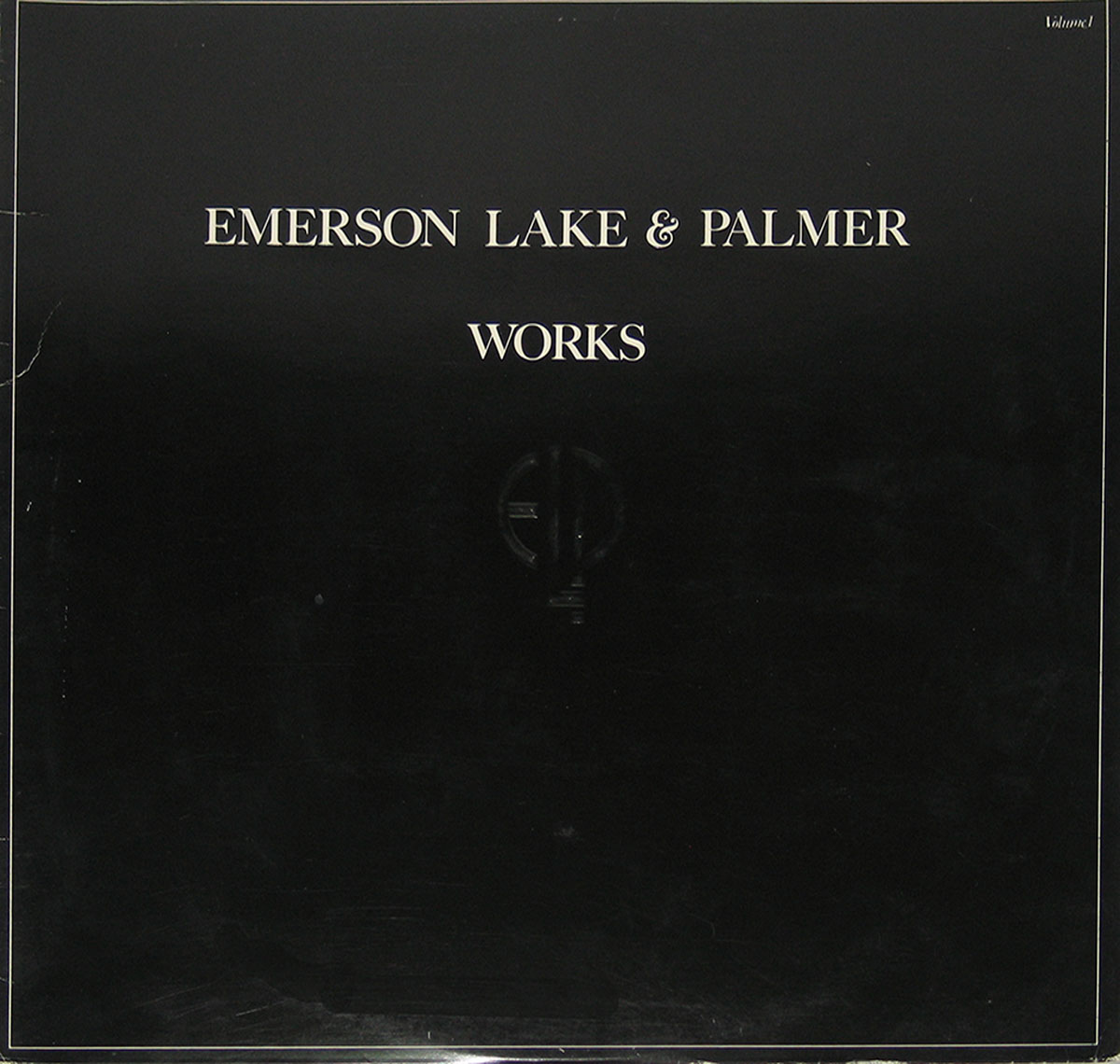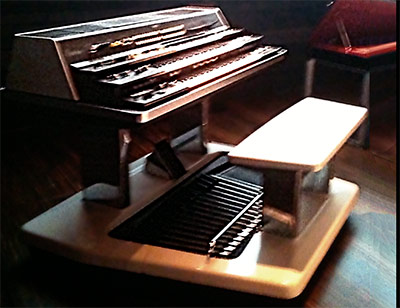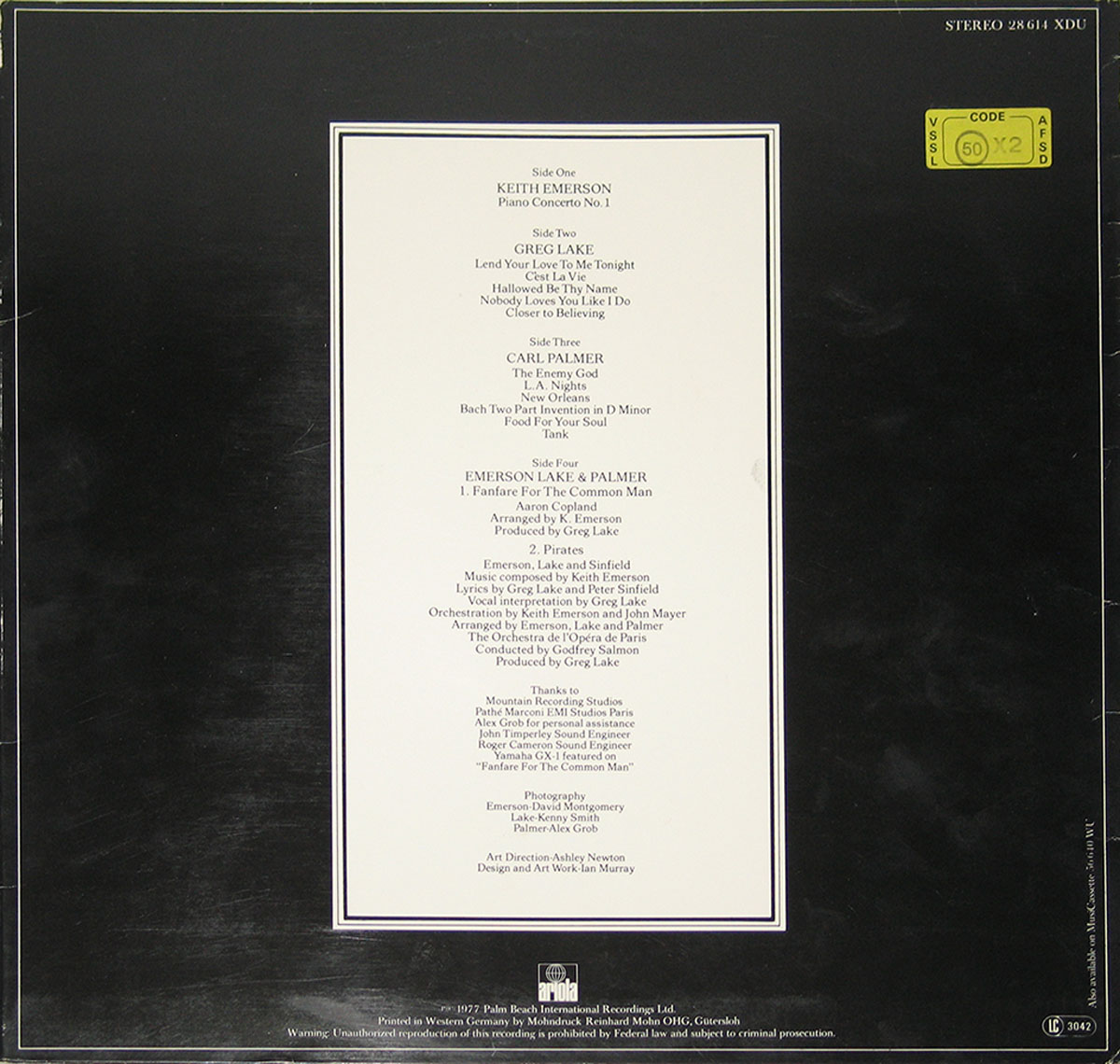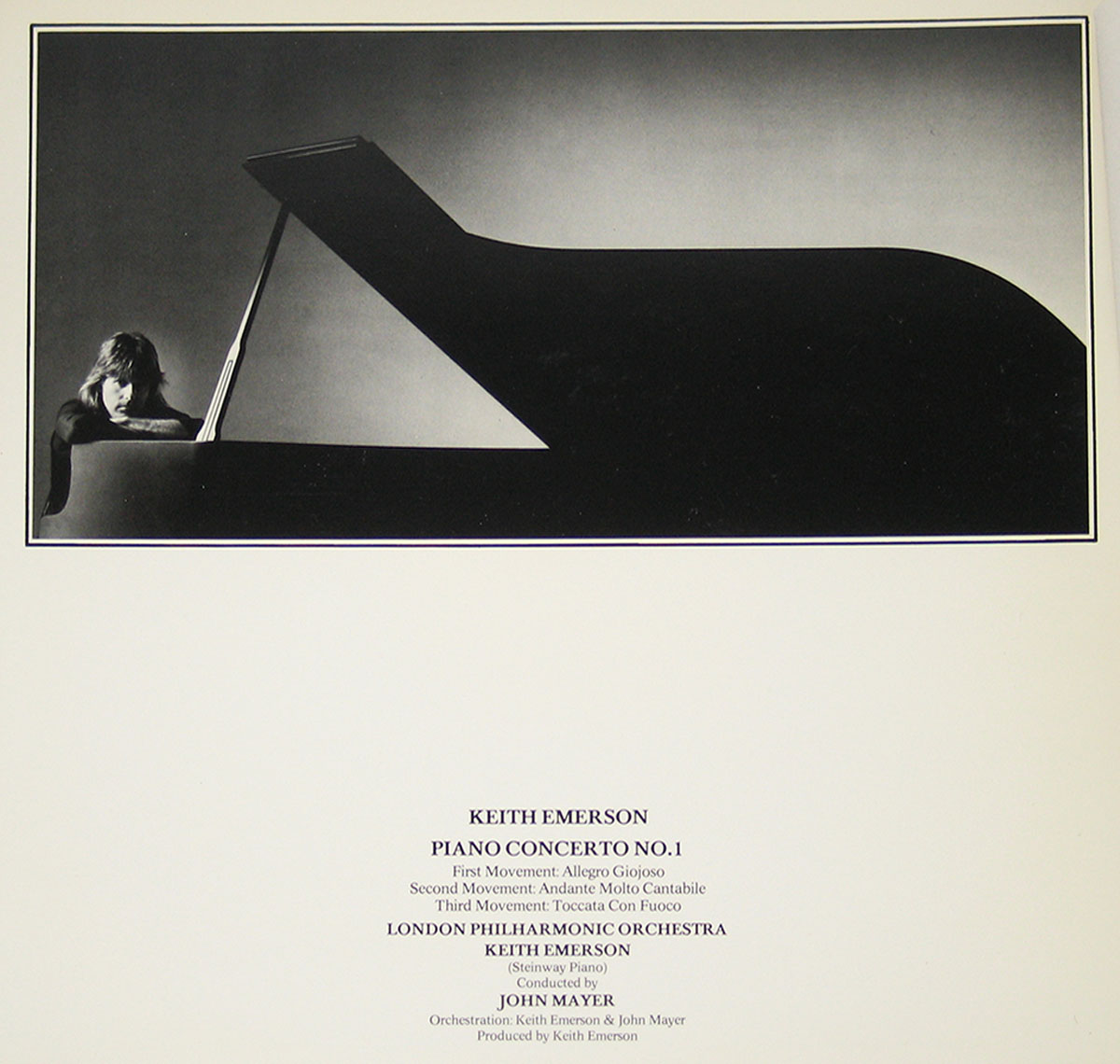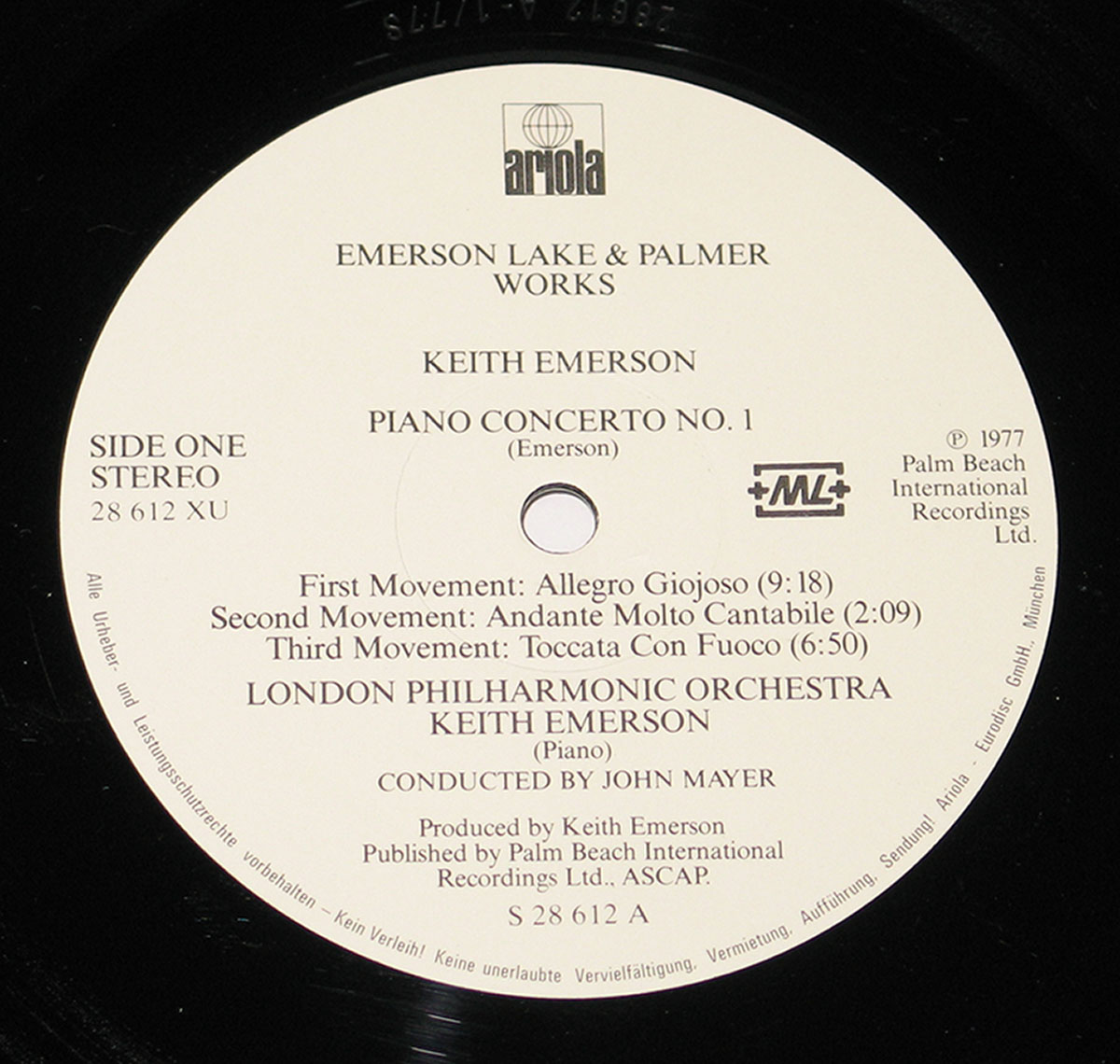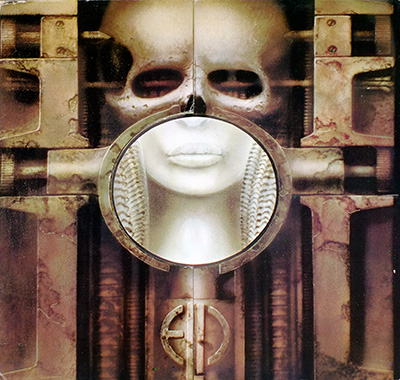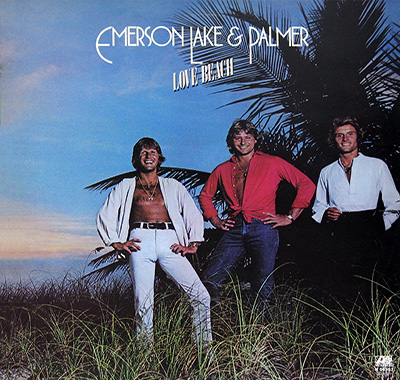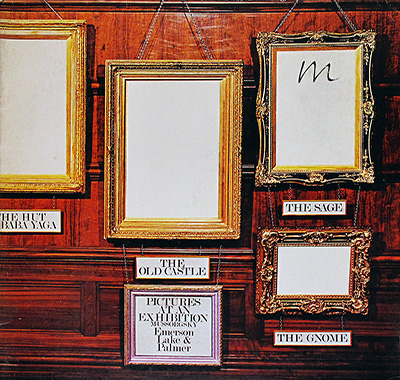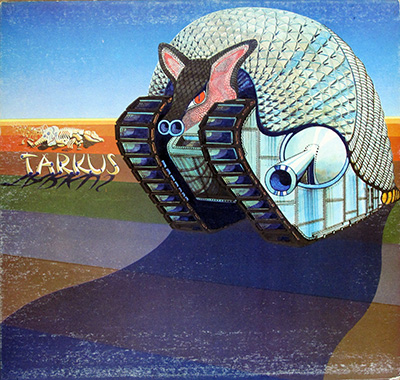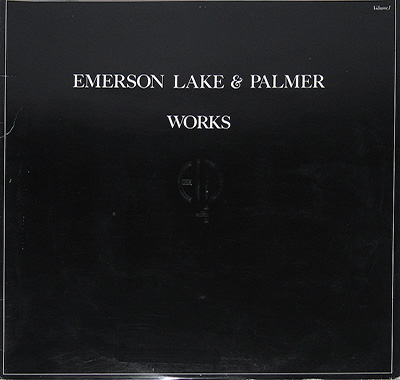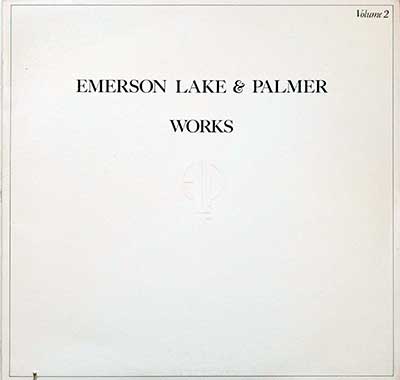"Works" Album Description:
In the world of progressive rock history, few albums have left as indelible a mark as "Works Volume I" by Emerson, Lake & Palmer (ELP). This 1977 masterpiece stands as a testament to the band's virtuosity and creative prowess. Among the myriad editions of this album, the Rare Swiss Pressing, distinguished by the enigmatic "+ML+" mark on its label, stands out as a cherished gem among collectors and aficionados of the genre.
A Brief Overview of Works Volume I: A Musical Odyssey
"Works Volume I" is not just an album; it's a musical journey that traverses diverse sonic landscapes, each shaped by the distinctive talents of the three band members – Keith Emerson, Greg Lake, and Carl Palmer. This opus is ingeniously divided into four sections, with each focusing on the individual virtuosity of the band members and a concluding section showcasing their combined brilliance.
The first section, curated by Keith Emerson, exudes his keyboard wizardry and compositional finesse. His intricate arrangements and seamless fusion of classical influences with rock elements redefine the possibilities of progressive rock.
Greg Lake, the voice behind some of the genre's most iconic anthems, curates the second section. His soulful vocals and introspective songwriting paint a vivid emotional tapestry, showcasing a different facet of ELP's multifaceted artistry.
In the third section, Carl Palmer's percussive prowess takes center stage. His rhythmic dynamism and technical mastery infuse the music with an infectious energy, solidifying the band's reputation as virtuoso performers.
The culmination of "Works Volume I" arrives with the fourth section, where all three virtuosos combine their talents. This harmonious synergy results in a musical climax that demonstrates the band's prowess as a collective force.
The Enigma of the Rare Swiss Pressing
Among the various pressings of "Works Volume I", the Rare Swiss Pressing possesses an aura of mystique that captures the imagination of collectors. Distinguished by the "+ML+" mark on the record's label, this pressing represents a unique moment in the album's history. While the exact significance of this marking remains shrouded in mystery, it serves as a symbol of rarity and exclusivity.
Collectors and enthusiasts alike covet the Swiss Pressing for its exceptional audio quality and historical significance. The meticulous craftsmanship that went into the production of this pressing is evident in its pristine sound reproduction, which allows listeners to fully immerse themselves in the sonic intricacies of ELP's magnum opus.
Keith Emerson: The Mastermind Behind the Album
"Works Volume I" owes much of its brilliance to the masterful production of Keith Emerson. As a pioneering keyboardist, composer, and arranger, Emerson's innovative vision was instrumental in shaping the album's diverse sonic landscape. His ability to seamlessly blend classical motifs with rock elements imbues the album with a timeless quality that continues to captivate audiences.
Emerson's role as a producer is also noteworthy, as he expertly navigated the delicate balance between individual creativity and collective cohesion. The album's structure, which showcases each member's distinct voice while maintaining a cohesive narrative, stands as a testament to Emerson's meticulous craftsmanship.
